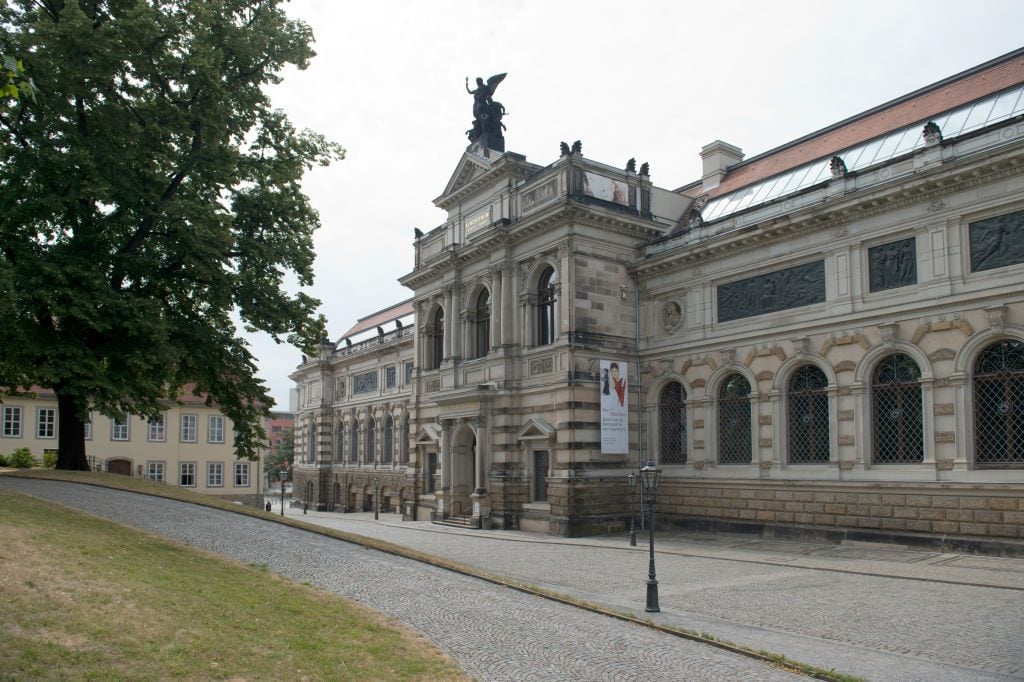Sustainability
Arts Organizations Across Germany Are Partaking in a Study to Investigate—and Curb—Their Carbon Emissions
The goal is to create a model for other institutions to follow.

The goal is to create a model for other institutions to follow.

Kate Brown

Nineteen arts organizations in Germany are partaking in a government-sponsored project to get a deeper understanding of their carbon footprints, and how they can be curbed.
The project is paid for by the Federal Cultural Foundation, a major German funding body, and was organized in November. This week, it announced that an assessment of its results will be shared by spring.
Among the organizations taking part are the Lenbachhaus in Munich, the Museum Folkwang in Essen, and the Dresden State Art Collections. Theaters, libraries, music halls, and historic sites, such as the Sachsenhausen former concentration camp that is now a memorial, are also participating.
The hope is that the report will offer a clear picture of the environmental impacts of a wide range of institutions of varying functions and scales, charting a path that can be taken by others. With €120,000 in support divided among them, each venue is currently conducting internal reviews of its buildings and practices and sharing knowledge within the group.
“In Germany, we have discussed these matters for years, but real action has been slow,” Marion Ackermann, general director of the Dresden State Collections, tells Artnet News. “This current [health] crisis has been a great chance to push the reset button on our strategies.”
The first and major task is for each venue to figure out its exact carbon footprint. Some of the historic buildings and postwar constructions are plagued by energy inefficiencies, but this is the tip of the iceberg.
“The climate protection goals of the Paris Agreement can only be achieved if they are understood as a task for society as a whole, in which all parts of society participate,” the Federal Cultural Foundation said in its statement. “The climate impact of the arts in Germany is a blind spot that more and more actors want to take into account.”
Among the questions the study’s organizers hope to address is how frequently museums ought to make international loans; whether human couriers are always necessary; and when and how often curators should travel.
There are no easy answers, but Ackermann says she is optimistic, especially since her museum instituted a new sustainability mandate.
“Already, we have seen such changes in behavior and attitudes. We can feel it on all levels,” she says.
As part of the project, three public workshops are also planned for spring 2021 focused on waste elimination and resource renewal in the cultural sector.